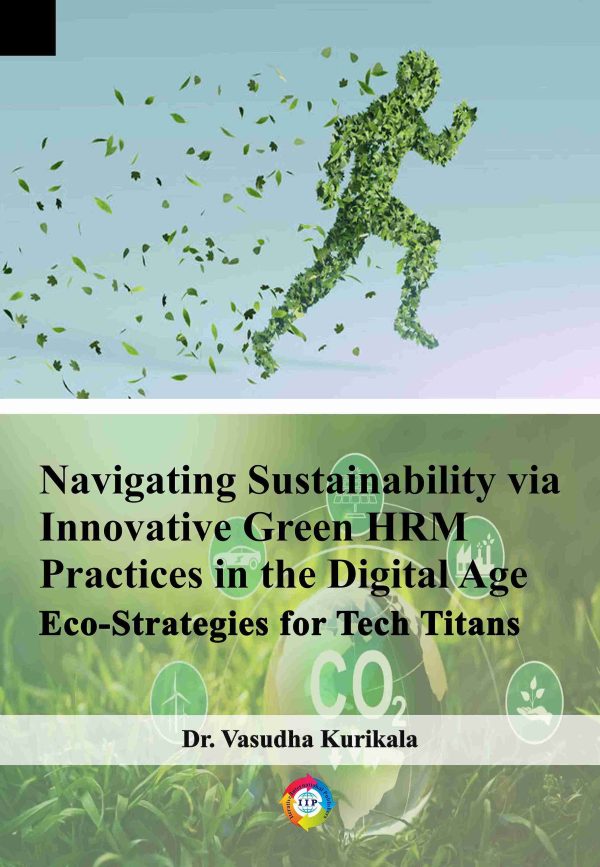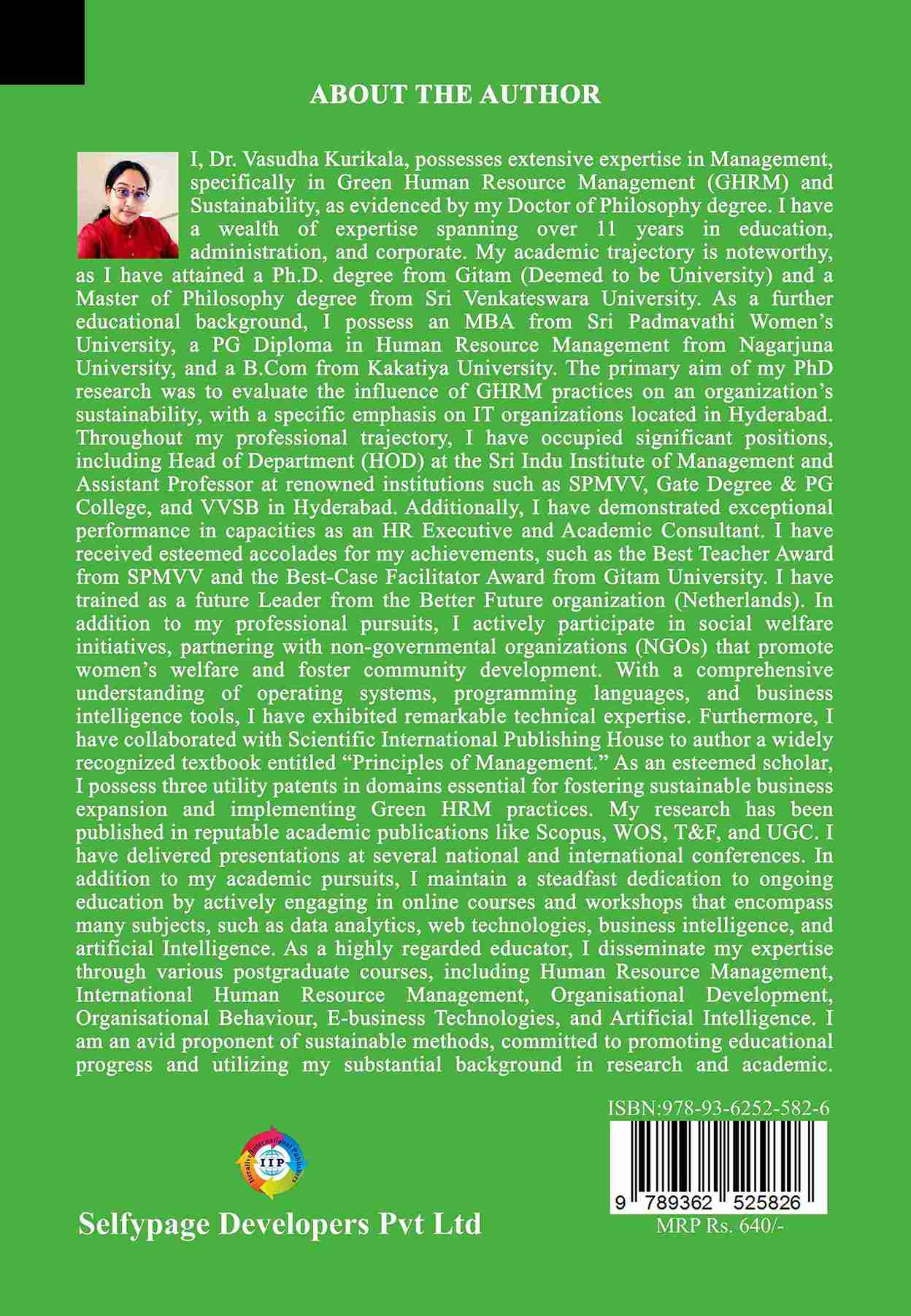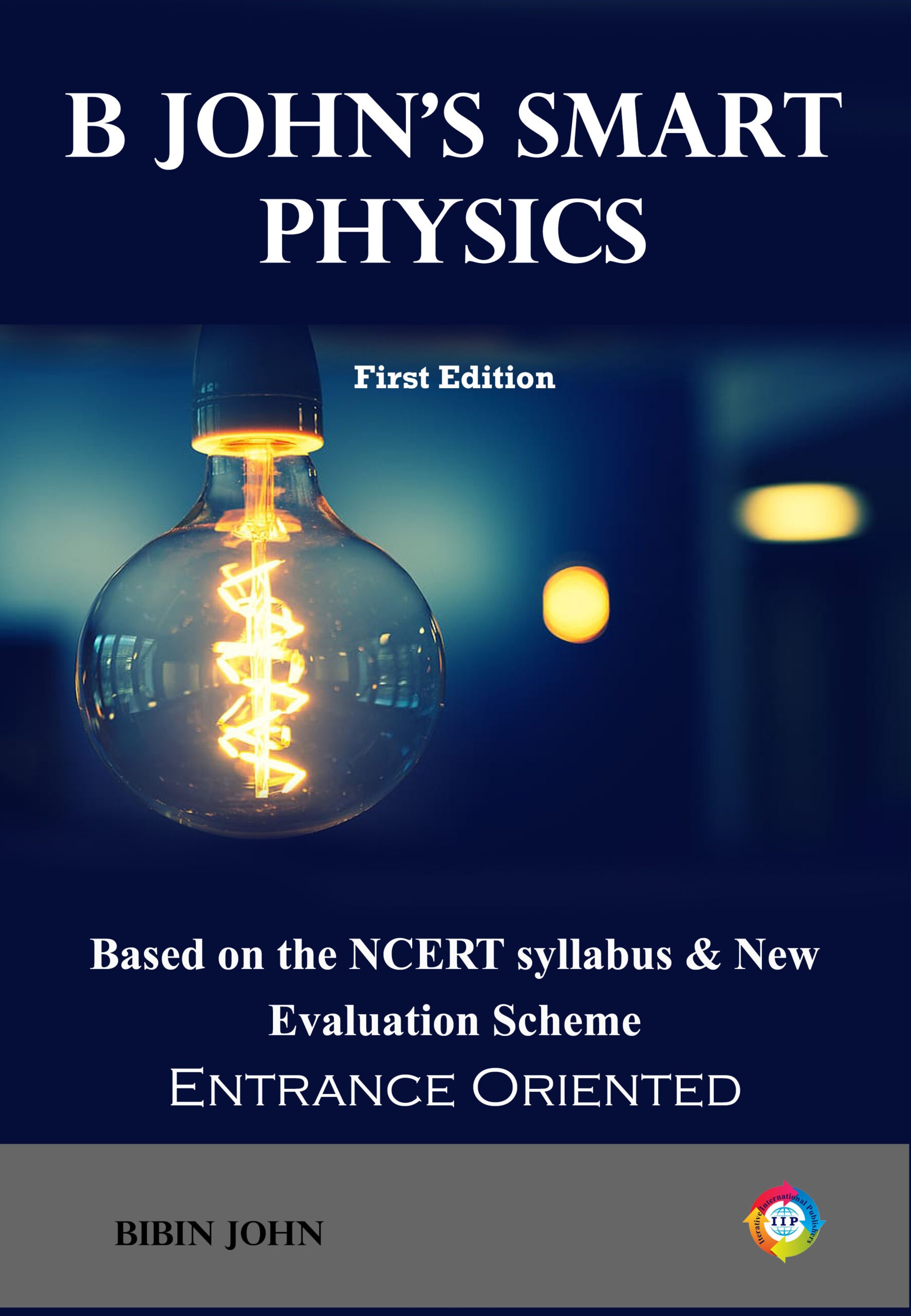The need for environmental sustainability has become more apparent in today’s rapidly changing global landscape. The evolution of universal ecological concerns and the overarching shift towards conservational imperatives have catalyzed a paradigm shift in businesses worldwide. This transformation necessitates adopting recognized environmental approaches and agendas within organizational frameworks. At the heart of this transformation lies the concept of Green Human Resource Management (GHRM). This modern management paradigm acknowledges the imperative for ecological consciousness and actively integrates it into the fabric of organizational practices. Through precise procedures and strategies aligned with global sustainability goals, GHRM endeavors to empower workers, cultivate awareness, and address sustainability challenges head-on. This preface delves into a comprehensive study undertaken to understand the pivotal role of Green Human Resource Management practices in the sustainability of Information Technology (IT) organizations. Against the backdrop of escalating environmental instability, the study explores the efficacy of eco-friendly HR practices in fostering sustainable growth within the IT sector.
Through meticulous examination and analysis, this study aims to shed light on several critical objectives:
To examine the association between demographic characteristics and GHRM practices and their impact on organizations’ sustainability dimensions.
To elucidate the relationship between GHRM practices and organizational sustainability.
To explore the underlying factors influencing the adoption of GHRM practices.
To analyze the effectiveness of GHRM practices in bolstering organizational sustainability.
This study delves into the top five IT companies in terms of various dimensions of GHRM, including green recruitment, training and development, performance management, reward systems, and sustainable development initiatives. Primary data collected through structured questionnaires, supplemented by secondary data from company resources, form the basis of the analysis. The study presents compelling findings using a robust toolkit comprising Chi-Square, Correlation, Factor Analysis, and Linear Regression. Key among these is the significant positive correlation between GHRM practices and organizational sustainability. Through factor analysis, essential dimensions such as waste reduction, environmental preservation, and cultural respect emerge as primary drivers of sustainability.
Furthermore, regression analysis underscores the substantial impact of GHRM practices on organizational sustainability, with notable findings highlighting the importance of green training, performance indices, and employee rewards. This preface sets the stage for a comprehensive exploration of the transformative potential of Green Human Resource Management practices. As organizations navigate an increasingly complex and environmentally conscious landscape, the insights gleaned from this study promise to inform and guide sustainable strategies for future growth and prosperity.









Reviews
There are no reviews yet.